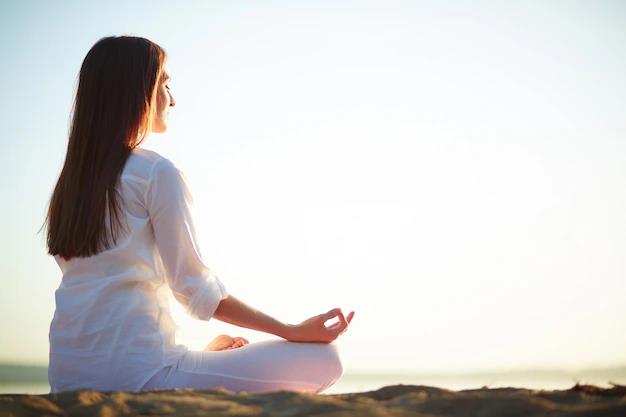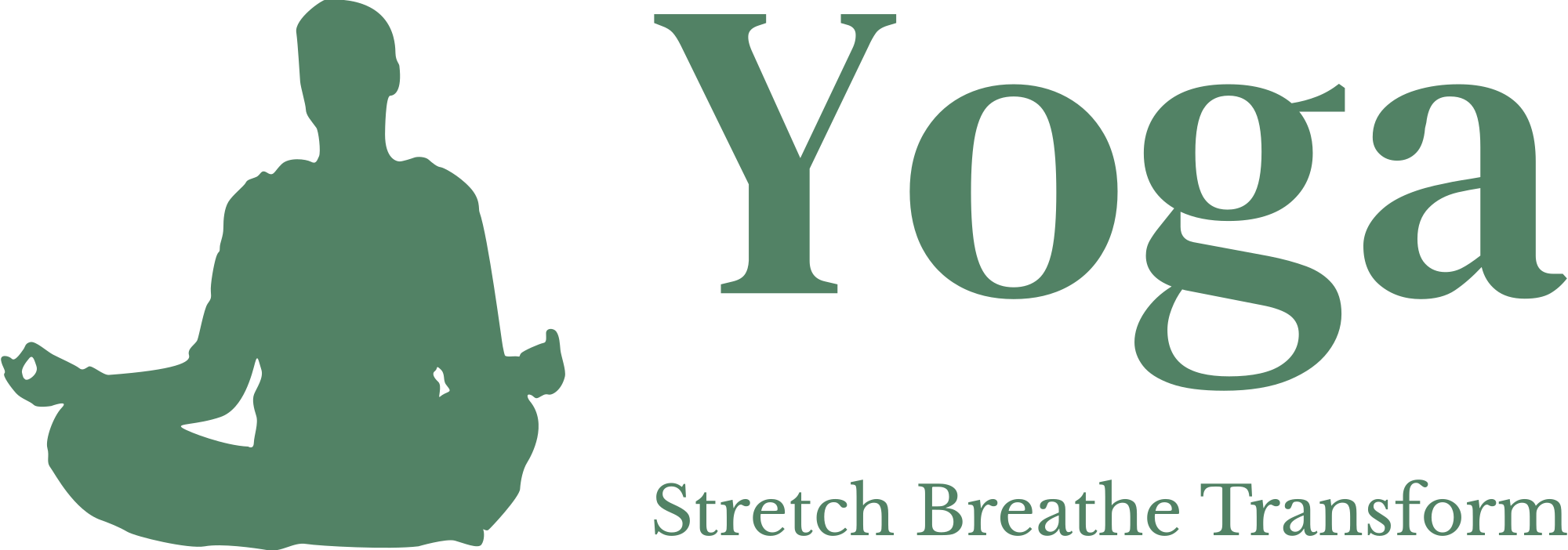
Kapalbhati Pranayama, derived from the Sanskrit term meaning “skull shining,” stands as an illustrious yogic breathing technique celebrated for its holistic revitalization of the mind and body.
Deeply rooted in ancient yogic traditions, this practice seamlessly intertwines rhythmic, forceful exhalations with passive inhalations, offering a profound journey of inner cleansing, respiratory
enhancement, and mental lucidity. At 7 Chakra Yoga School nestled in the serene landscapes of Rishikesh, we immerse ourselves in the profound virtues of Kapalbhati Pranayama and extend our
expertise to enrich your yogic voyage.
Guide to Practicing Kapalbhati Pranayama
- Before embarking on your Kapalbhati Pranayama journey, it’s essential to create a serene environment conducive to your practice. Find a comfortable seat on a yoga mat or any firm surface that supports your body.
- Begin by sitting with your legs crossed, ensuring that your knees are positioned lower than your hip level to establish a stable foundation. Take a moment to lengthen your spine by gently rolling your shoulders backward, creating space between your ears and shoulders. This alignment allows energy to flow freely within your body, enhancing the effectiveness of your practice.
- The key to Kapalbhati Pranayama lies in engaging your core muscles to maintain an upright posture. Close your eyes and shift your focus inward, releasing any residual tension from your body.
- Now, direct your attention to your breath. Inhale deeply through your nostrils, expanding your diaphragm and filling your lungs with fresh air. Exhale completely, releasing any residual air present in your lungs. Begin slowly, finding a natural, unhurried rhythm of breathing as you observe the gentle rise and fall of your chest and abdomen.
- As you progress, gradually increase the intensity of your exhalations, maintaining a passive and natural inhalation. Start with a moderate pace of rapid acceleration, gradually building up the intensity of your breath. It’s crucial to ensure that your inhalation remains effortless, without any additional effort.
- Throughout your practice, engage your abdominal muscles and core to enhance concentration and strengthen the pumping motion of your breath. As you continue, you’ll gradually discover a rhythm that feels comfortable and natural for you.
- Remember, Kapalbhati Pranayama is not about speed but maintaining a particular rhythm that flows seamlessly without interruption. Embrace the journey of finding your unique rhythm and allow yourself to experience the transformative benefits of this ancient breathing technique.
Common Missteps and Insights
- It’s not uncommon for individuals to unintentionally maintain shallow breathing while concentrating on rapid acceleration during Kapalbhati Pranayama. To remedy this, prioritize deep inhalations that fully engage your core, ensuring adequate exchange of oxygen and carbon dioxide within your body.
- Another frequent error observed is the accumulation of tension in the shoulders, neck, and facial muscles during Kapalbhati practice. To avoid this, focus on maintaining a relaxed posture and consciously softening the facial muscles, alleviating any unnecessary muscular strain.
- Beginners often fall into the trap of overexertion, pushing themselves too hard during their Kapalbhati Pranayama sessions. It’s crucial to emphasize gradual progression in your practice, starting with a comfortable pace and gradually increasing the intensity over time. This mindful approach ensures a sustainable and fulfilling journey with Kapalbhati Pranayama.
The Advantages of Kapalbhati Pranayama
Kapalbhati Pranayama offers a multitude of benefits that contribute to overall well-being, including improvements in respiratory function, metabolic rate, and mental clarity. Below are some of its notable advantages:
- Enhanced Lung Capacity: By facilitating the efficient exchange of carbon dioxide and oxygen, Kapalbhati Pranayama promotes increased lung capacity, supporting optimal respiratory function.
- Respiratory Cleansing: This practice aids in purifying the respiratory system by eliminating impurities and excess mucus, thereby reducing the likelihood of respiratory issues and promoting a healthy respiratory tract.
- Stimulation of Digestive System: Kapalbhati Pranayama involves the engagement of abdominal muscles, which stimulates the digestive system and enhances blood flow and circulation to the digestive organs, promoting improved digestion.
- Metabolic Activation: Kapalbhati Pranayama plays a role in activating metabolic processes by efficiently breaking down nutrients and assisting in managing body weight.
- Cognitive Enhancement: By increasing oxygen supply to the brain, Kapalbhati Pranayama contributes to enhanced cognitive functions and overall alertness.
- Nervous System Stimulation: Daily practice of Kapalbhati Pranayama stimulates the nervous system, fostering internal energy flow and reducing mental fatigue. This results in increased alertness and overall energy levels for both the mind and body.
Experience the holistic benefits of Kapalbhati Pranayama and elevate your well-being with this transformative practice.
Precautions and considerations of kapalbhati pranayama
- It is important to make sure that people with chronic health conditions such as respiratory disorders, cardiovascular issues, or any abdominal concerns should first concern their healthcare professional before doing kapalbhati pranayama.
- Pregnant women should also seek advice from experts before doing this pranama as it involves vigorous contractions of abdominal muscles which can hinder the pregnancy process.
- Anyone who has undergone recent surgeries should also avoid doing kapalbhati pranayama and first consult their surgeon or health care professional to ensure that doing this practice is safe for them.
- Those with any cardiovascular or respiratory disorder can practice kapalbhati pranayama but they should reduce the intensity and extend their exhalation to safely practice this pranayama.
- Those with abdominal concerns should explore various twists or other yoga poses as an alternative to kapalbhati and begin slower when doing this practice.
- It is important to ensure that you are gradually moving from a comfortable pace and posing if necessary when there is certain discomfort or dizziness.
- Body awareness is very important for practicing kapalbhati knowing the responses to your body and paying attention to any discomfort or sign of strain.
7 chakras yoga school
To learn how to do kapalbhati pranayama professionally one can also enroll in a yoga School like 7 chakras yoga school. Learning any yoga practice professionally has its many benefits as you will gain professional guidance which will help you in progressing in your yoga practice.
When practicing kapalbhati pranayama along with other yoga poses you will notice tremendous benefits in your overall health. This can be possible by enrolling in any of the yoga teacher training courses at 7 chakras yoga school and learning under the guided instruction of expert yogis.
You can enroll in any of the yoga teacher training courses including 200 hour, 300 hour, or 500 hour yoga teacher training. All of these courses have extensive pranayama practice along with kapalbhati and so many more. Also learning this practice surrounded by natural beauty and being a part of the yoga community will enhance your overall journey.
Bottom line
To conclude we can say that practicing kapalbhati pranayama has its many benefits. It will increase your overall health and also introduce you to a lot of therapeutic guidance that can benefit you in the long run. So without any further wait, you should adopt this practice in your daily yoga routine.
You can also learn professional yoga along with how to do kapalbhati pranayama at 7 chakras yoga school through any of their courses. So what are you waiting for? Join this school right now and begin your yoga journey.
We hope you liked reading this article! If you want to read more such ones then you should check out our website and delve deeper into the world of yoga.
Stay safe and healthy! Namaste!





